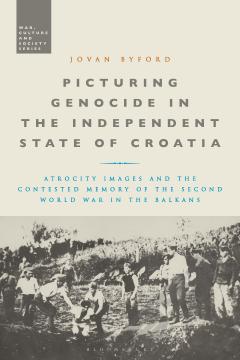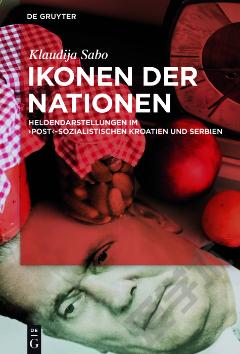Picturing Genocide in the Independent State of Croatia
Picturing Genocide in the Independent State of Croatia examines the role which atrocity photographs played, and continue to play, in shaping the public memory of the Second World War in the countries of the former Yugoslavia. Focusing on visual representations of one of the most controversial and politically divisive episodes of the war - genocidal violence perpetrated against Serbs, Jews, and Roma by the pro-Nazi Ustasha regime in the Independent State of Croatia (1941-1945) - the book examines the origins and history of the relevant atrocity images, and charts their post-war fate. It scrutinizes the institutional dynamic behind the collection and preservation of images of the genocide, and considers how they were used to represent the region's violent past in public exhibitions, books and the press, in film and television documentaries, and other settings, between 1945 and the present. In analysing the changing importance, visibility and interpretation of atrocity images, first in socialist Yugoslavia and later also in its successor states, the book pays special attention to the politics of the atrocity photograph. It explores how images were strategically and selectively mobilized at different times, and by different memory communities and stakeholders, to do different things: justify retribution against political opponents in the immediate aftermath of the war, sustain the discourses of national unity on which socialist Yugoslavia was founded, or, in the post-communist era, prop-up different nationalist agendas, and in many ways 'frame' the Yugoslav wars of the 1990s. In exploring this hitherto neglected aspect of Yugoslav history and visual culture, the book offers important insights into a number of issues of broader contemporary relevance. These include the political and emotional impact of violent images, and the intricate nexus of political, cultural and psychological factors which account for their enduring power to shape the collective memory of mass violence.
{{comment.content}}








 京公网安备 11010802027623号
京公网安备 11010802027623号